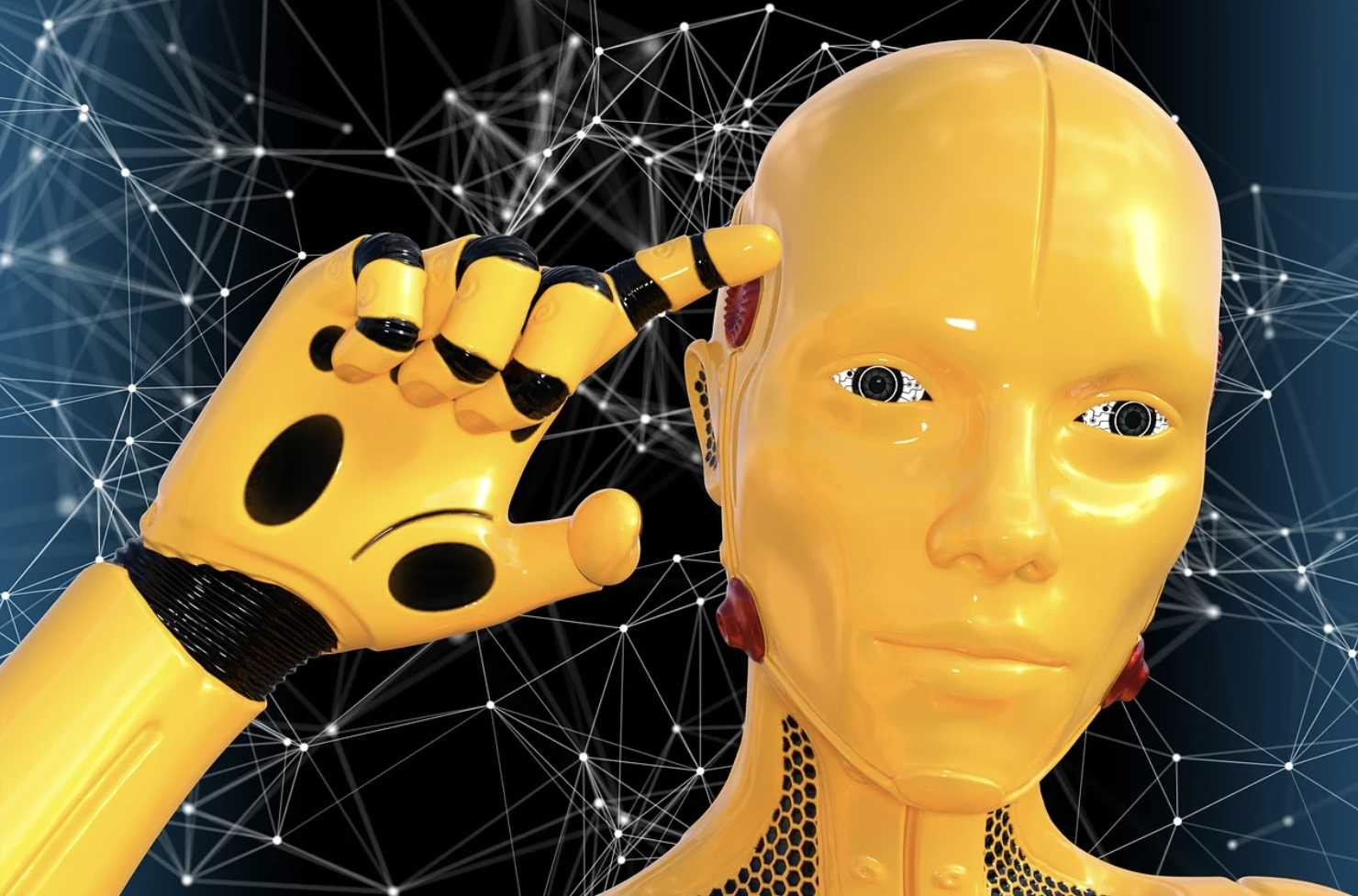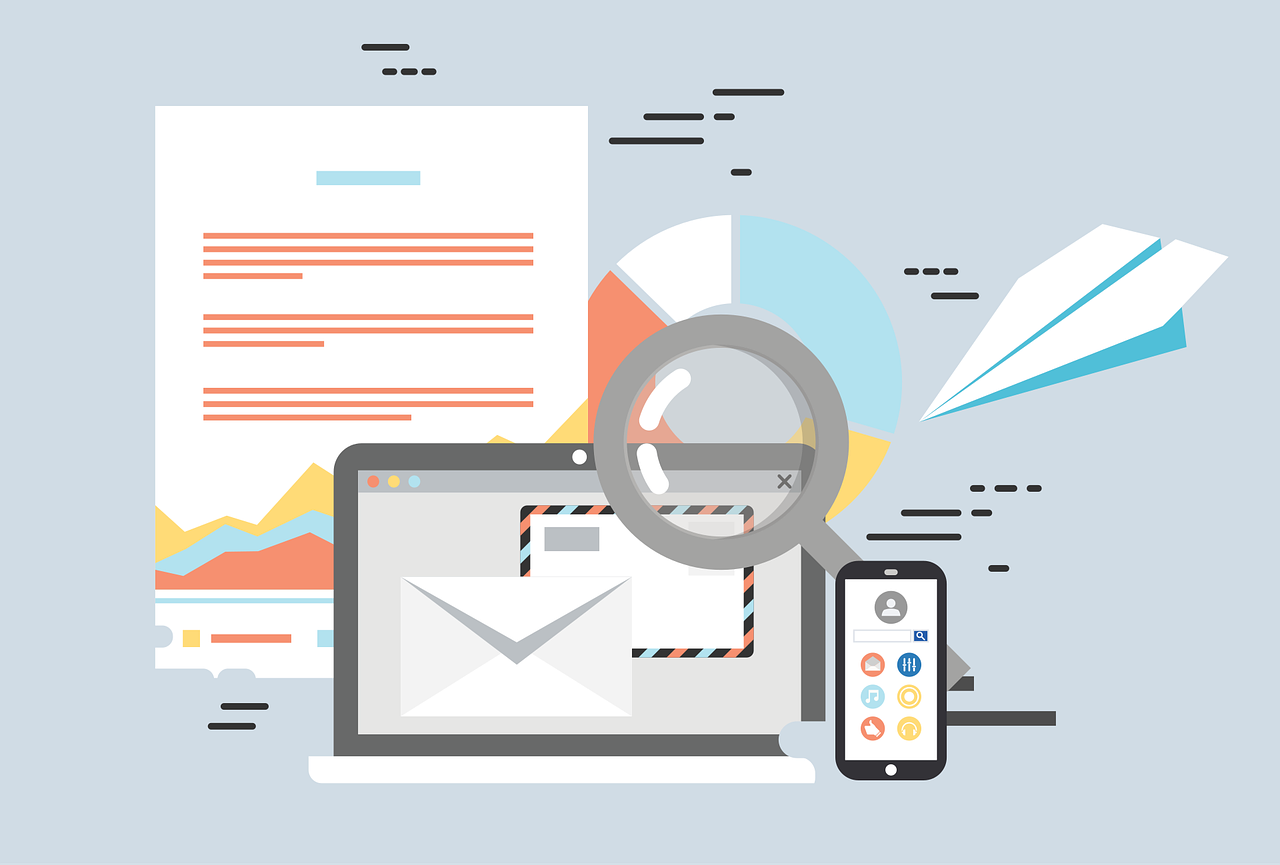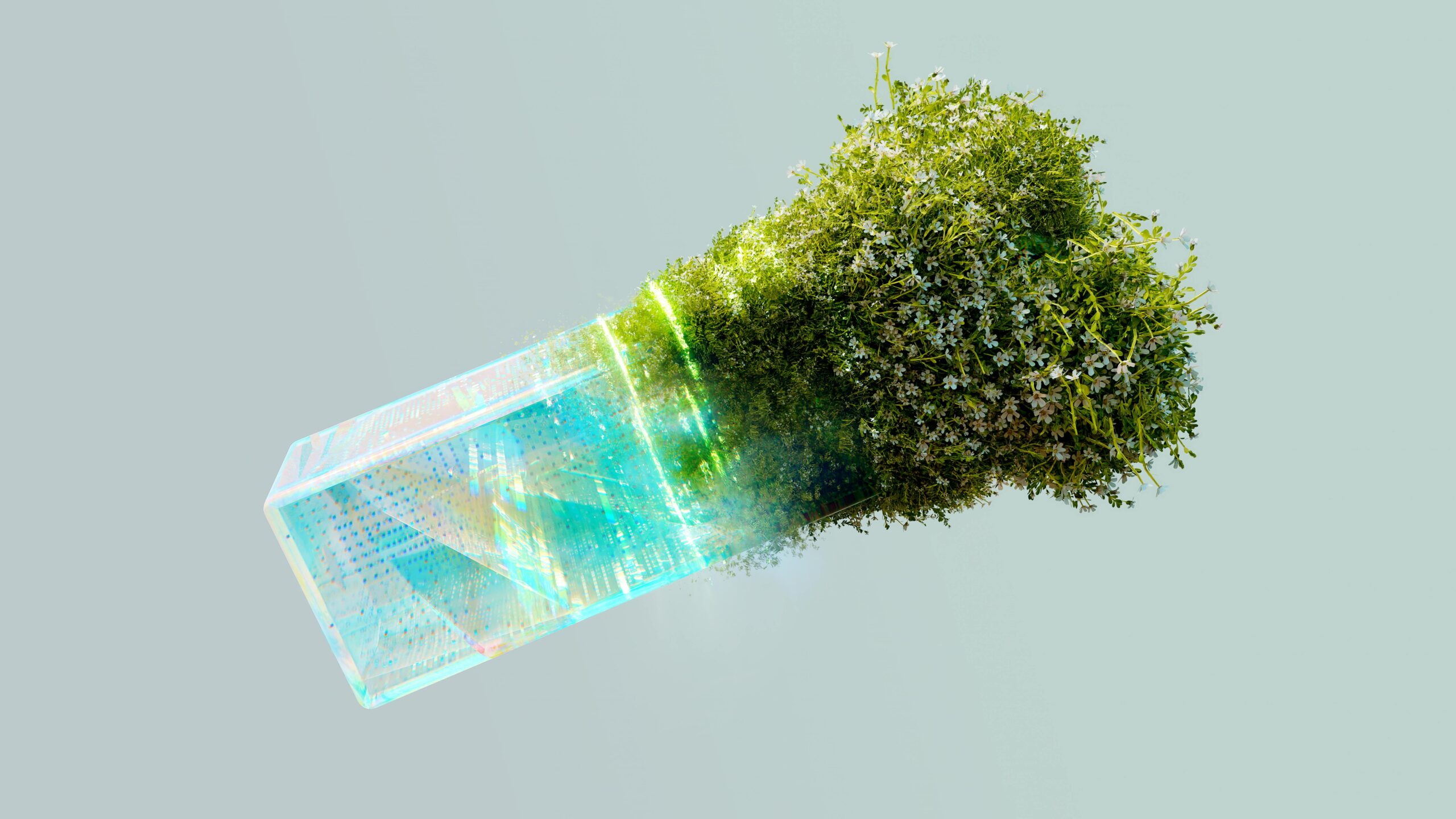Internet of Things (IoT)
The Internet of Things (IoT) describes the network of physical objects—“things”—that are embedded with sensors, software, and other technologies for the purpose of connecting and exchanging data with other devices and systems over the internet. The Internet of things is made up of devices that connect to the internet and share data with each other. IoT devices include not only computers, laptops and smartphones, but also objects that have been equipped with chips to gather and communicate data over a network. These devices range from ordinary household objects to sophisticated industrial tools. With more than 7 billion connected IoT devices today, experts are expecting that this number would grow to 22 billion by 2025.
Internet of Things Applications
The Internet of Things can be used in many different aspects of life, in both the private and public sectors. With IoT, people can track things like lost pets, their house’s security systems, or appliance maintenance schedules. Consumers can use the IoT to help them make restaurant reservations, monitor their exercise progress and overall health, and receive coupons for a store only by virtue of walking by the business in question.
Businesses can use IoT to monitor supply chains, track customers’ spending habits as well collect their feedback, monitor and maintain inventory levels, and engage in predictive maintenance of their machines and devices.
The IoT also proves helpful in ITIL – a set of IT service management, an important detail, since IT departments are called on to do more and more in a world that is getting increasingly digital, with more reliance on wireless networks.
Blockchain, which is being increasingly used as a more efficient and secure method of transaction and data processing, is a natural beneficiary of IoT technology. One can expect to see IoT and Blockchain coming together more often in the future.
IoT Applications by Industries
IoT’s versatility makes it an attractive option for so many businesses, organisations, and government branches, that it does not make sense to ignore it.
1. IoT Applications in Agriculture – For indoor planting, IoT makes monitoring and management of micro-climate conditions a reality, which in turn increases production. For outside planting, devices using IoT technology can sense soil moisture and nutrients, in conjunction with weather data, better control smart irrigation and fertiliser systems. For example, If the sprinkler systems dispense water only when needed this prevents wasting a precious resource.
2. IoT Applications in Consumer Use – For common p[eople, IoT devices in the form of wearables and smart homes make life easier. These devices improve entertainment, network connectivity, health, and fitness.
Smart homes take care of things like activating environmental controls so that the house is at peak comfort when one comes home. Dinner that requires either an oven or a crockpot can be started remotely, so the food is ready when one arrives. Security is made more accessible as well, with the consumer having the ability to control appliances and lights remotely, as well as activating a smart lock to allow the appropriate people to enter the house even if they don’t have a key.
3. IoT Applications in Healthcare- Wearable IoT devices let hospitals monitor their patient’s health at home, thereby reducing hospital stays while still providing up-to-the-minute real-time information that could save lives. In hospitals, smart beds keep the staff informed as to availability, thereby cutting wait time for free space. Putting IoT sensors on critical equipment means fewer breakdowns and increased reliability, which can mean the difference between life and death.
Elderly care becomes significantly more comfortable with IoT. In addition to the above-mentioned real-time home monitoring, sensors can also determine if a patient has fallen or is suffering a heart attack.
4. IoT Applications in Insurance – Insurance companies can offer their policyholders discounts for IoT wearables. By employing fitness tracking, the insurer can offer customised policies and encourage healthier habits, which in the long run, benefits everyone, insurers, and customers alike.
5. IoT Applications in Manufacturing- RFID and GPS technology can help a manufacturer track a product from its start on the factory floor to its placement in the destination store, the whole supply chain from start to finish. These sensors can gather information on travel time, product conditions, and environmental conditions that the product was subjected to. Sensors attached to factory equipment can help identify bottlenecks in the production line, thereby reducing lost time and waste. Other sensors mounted on those same machines can also track the performance of the machine, predicting when the unit will require maintenance, thereby preventing costly breakdowns.
6. IoT Applications in Retail – Online and in-store shopping sales figures can control warehouse automation and robotics, information gleaned from IoT sensors. Mostly these rely on RFIDs, which are already in heavy use worldwide.
Business tends to fluctuate, and the advent of online shopping has driven down the demand for brick-and-mortar establishments. However, IoT can help analyse mall traffic so that stores located in malls can make the necessary adjustments that enhance the customer’s shopping experience while reducing overhead.
IoT helps retailers target customers based on past purchases. Equipped with the information provided through IoT, a retailer could craft a personalised promotion for their loyal customers, thereby eliminating the need for costly mass-marketing promotions that don’t stand as much of a chance of success. Many of these promotions can be conducted through the customers’ smartphones, especially if they have an app for the appropriate store.
7. IoT Applications in Transportation – Huge progress is being made with self-driving cars. But that is just one bit of the vast potential in the field of transportation. The GPS is another example of IoT which is being utilised to help transportation companies plot faster and more efficient routes for trucks hauling freight, thereby speeding up delivery times.
There is already significant progress made in navigation, once again alluding to a phone or car’s GPS. But city planners can also use that data to help determine traffic patterns, parking space demand, and road construction and maintenance.
There is even a possibility that apps can be made that can prevent a car from starting if the driver is inebriated.
8. IoT Applications in Utilities/Energy – IoT sensors can be employed to monitor environmental conditions such as humidity, temperature, and lighting. The information provided by IoT sensors can aid in the creation of algorithms that regulate energy usage and make the appropriate adjustments, eliminating the human equation.
With IoT-driven environmental control, businesses and private residences can experience significant energy savings, which in the long run, benefits everyone, including the environment.
On a larger scale, data gathered by the IoT can be used to help run municipal power grids more efficiently, analysing factors such as usage. Also, the sensors can help pinpoint outages faster, thereby increasing the response time of repair crews and decreasing blackout times.
The Internet of Things is poised to create life-changing conditions in our lives, both in a professional and personal capacity. Many of the innovations mentioned are already in place to one extent or another. The IoT offers an unprecedented degree of control and efficiency that no industry can ignore.
The Internet of Things, and its association with technologies such as ITIL, Blockchain, and Big Data, is a lucrative field with lots of potential for business opportunities as well as investment opportunities.
IoT in the coming decades – Predictions
Here are a few predictions about the future of IoT in the coming decades:
1. By 2025, it is estimated that there will be more than 21 billion IoT devices – According to IoT Analytics, Compared to 2016 when there were more than 4.7 billion things connected to the internet, in 2022 the market is expected to increase to nearly 11.6 billion IoT devices.
2. Cybercriminals will continue to use IoT devices to facilitate DDoS attacks – The world was introduced to the first “Internet of Things” malware in 2016 — a strain of malicious software that could infect connected devices such as DVRs, security cameras, and more. The Mirai malware accessed the devices using default passwords and usernames.
The malware turned the affected devices into a botnet to facilitate a Distributed Denial of Service (DDoS) attack, which aims to overwhelm websites with internet traffic. The attack ended up flooding one of the largest website hosting companies in the world, bringing a variety of major, well-known websites and services to a halt for hours.
IoT would be vulnerable to such attacks in the coming days as well. IoT-based DDoS attacks would take on more dangerous forms – Botnet-powered distributed denial of service (DDoS) attacks have used infected IoT devices to bring down websites. In future, more IoT devices can be used to direct other attacks.
For instance, there may be future attempts to weaponize IoT devices. A possible example would be a nation shutting down home thermostats in an enemy state during a harsh winter.
3. More cities would become “smart cities” – Consumers will not be the only ones using IoT devices. Cities and companies would increasingly adopt smart technologies to save time and money. This would give rise to cities that would be able to automate, remotely manage, and collect data through things like visitor kiosks, video camera surveillance systems, bike rental stations, and taxis.
4. Artificial intelligence will continue to become a bigger thing – Smart home hubs, thermostats, lighting systems, and even coffee makers collect data on consumer habits and patterns of usage. When voice-controlled devices are set up, they are allowed to record what is said to them and store those recordings in the cloud. In most cases, the data is collected to help facilitate what is called machine learning.
Machine learning is a type of artificial intelligence that helps computers “learn” without someone having to program them. The computers are programmed in a way that focuses on the data that they receive. This new data can then help the machine “learn” what the preferences are and adjust itself accordingly.
These technologies would be much more in vogue in the coming decades across all walks of life.
5. Routers will continue to become more secure and smarter – Most consumer IoT devices reside in the home and can’t have security software installed on them. Thus they can be vulnerable to attacks. A lot of manufacturers work to get their IoT products to market quickly, so security sometimes, though rarely, becomes an afterthought. This is where the home router plays a very important role. The router is essentially the entry point of the internet into one’s home. While many of the connected devices cannot be protected, the router has the ability to provide protection at the entry point. A conventional router provides some security, such as password protection, firewalls, and the ability to configure them to only allow certain devices on your network.
Router makers would likely continue to seek new ways to boost security. Once security is in place, the whole network is safe from any untoward attacks.
6. 5G Networks will continue to fuel IoT growth – Major wireless carriers would continue to roll out 5G networks. 5G or fifth-generation cellular wireless promises greater speed and the ability to connect more smart devices at the same time.
Faster networks mean the data accumulated by the smart devices would be gathered, analysed and managed to a higher degree. That would fuel innovation at companies that make IoT devices and boost consumer demand for new products.
7. Cars would get even smarter – The arrival of 5G will shift the auto industry into higher gear. The development of driverless cars as well as the connected vehicles already on the road would benefit from data moving faster.
Apparently, one might not think of a car as an Internet of Things device. But new cars would increasingly analyse available data and connect with other IoT devices — including other high-tech vehicles on four wheels.
8. 5G’s arrival would also open the door to new privacy and security concerns – In time, more 5G IoT devices will connect directly to the 5G network than via a Wi-Fi router. This trend will make those devices more vulnerable to direct attacks. For personal users, it would become more difficult to monitor all IoT devices, because they will bypass a central router.
On a broader scale, the increased reliance of consumers on cloud-based storage would give attackers new targets to attempt to breach.
The future of the Internet of Things (IoT) has the potential to be limitless. Advances to the industrial internet will be accelerated through increased network agility, integrated artificial intelligence (AI) and the capacity to deploy, automate, orchestrate and secure diverse use cases at hyper-scale. The potential is not just in enabling billions of devices simultaneously but in leveraging the huge volumes of actionable data which can automate diverse business processes. As networks and IoT platforms evolve to overcome these challenges, through increased capacity and AI, service providers will edge furthermore into IT and web-scale markets – opening entire new streams of revenue.
Please read more about Ande’s thought leadership on Future Businesses and the top 10 technologies that would prevail in our future times.
Bio Revolution | Genetic Engineering | Clean Energy | Virtual Reality | Sustainability | Nano Technology | Machine Learning | Internet of Things (IoT) | Artificial Intelligence | Cyber Security & Cloud Computing








